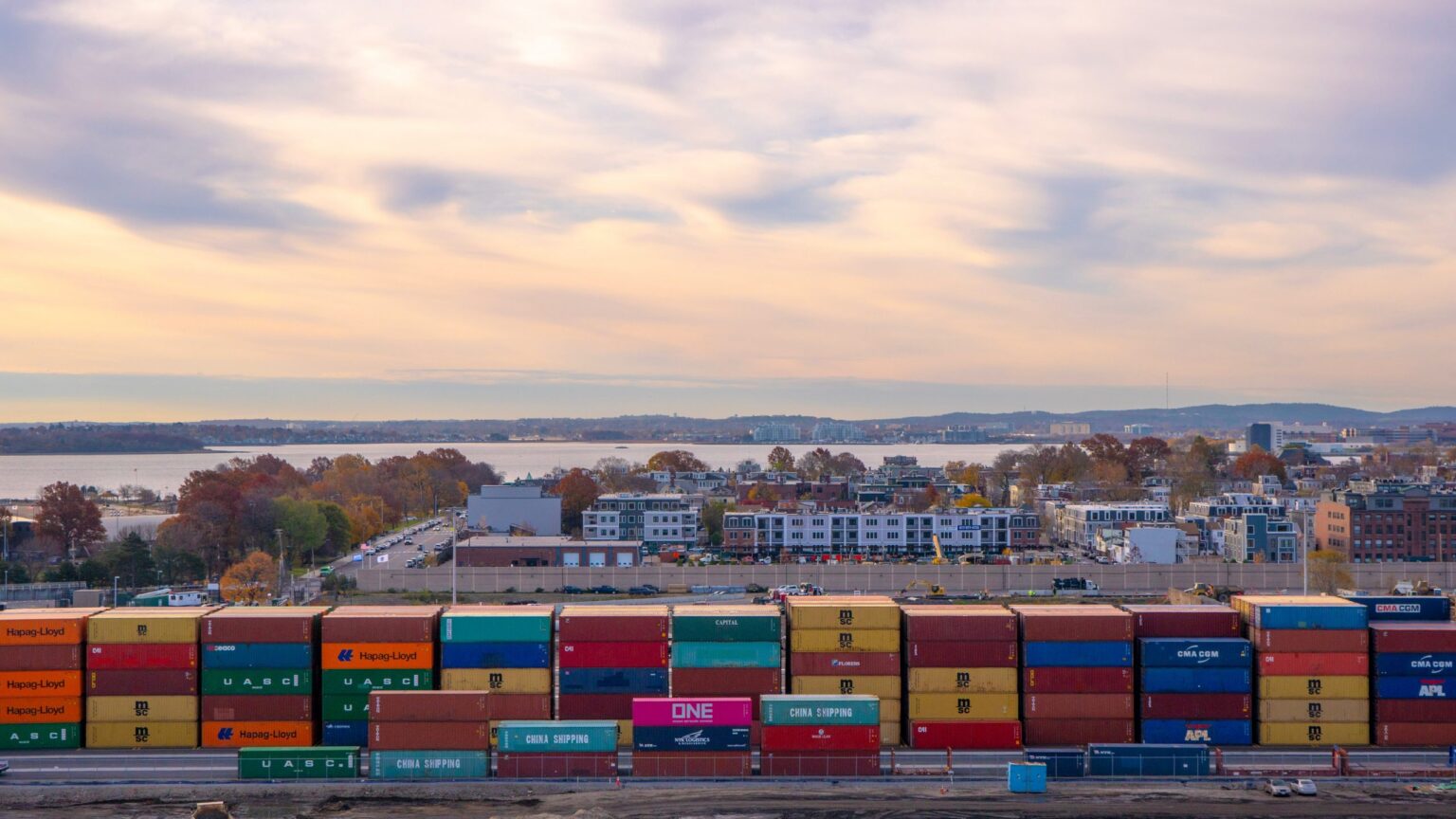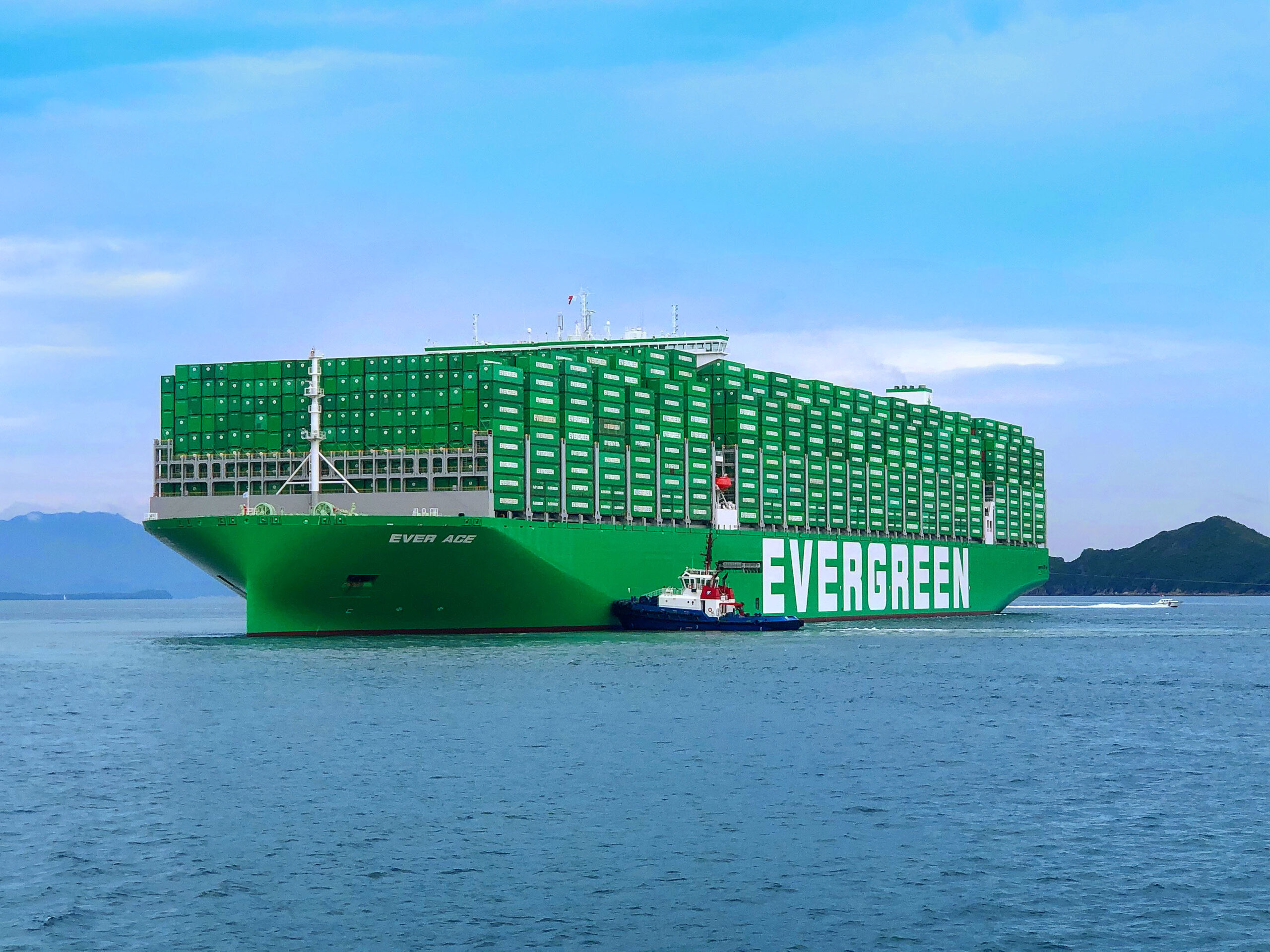Containerisation goes all the way back to the twentieth century when the first intermodal shipping container revolutionised global trade. Still, today, these large steel boxes carry the food we eat, the clothes we wear, and the shoes we walk in. Only now, they come in different shapes and sizes for different purposes. So, how do you pick the right container for your goods? Let me sort it out for you.
Different types of shipping containers
No matter what goods you are shipping, you want it to arrive in the same condition as it was loaded. That is a given. What is more difficult is knowing which container to pick out of all the different containers that are available on the market today. Especially if your goods need special attention. Perhaps you have a large pipe that is five meters high, food that needs to remain frozen during transport, or heavy items that must be lifted in place?
1. Standard containers for general cargo
Standard containers carry the majority of all goods shipped by sea. These containers are designed to keep moisture out and are suitable for almost any dry solid goods. They are about 8 feet wide and 8 feet high and come in two lengths: 40 feet and 20 feet.
2. High cube containers for added height
Do your goods require some extra height and space? High cube containers offer an extra foot in height and come in two sizes: 40 feet and 45 feet for added length. They have the same loading capacity as trailers and are very well suited for short sea shipping.
3. Hard-top containers for extra heavy cargo
Is your cargo extra heavy? Perhaps you need a forklift to load it? Hard-top containers have a removable roof that allows you to load and unload your cargo more easily; instead of using the door, you can go through the roof opening. They are very versatile as they can be used both as a standard container and as an open-top container.
4. Flexitank containers for non-hazardous liquid goods
Do you have non-hazardous liquid goods such as cooking oil, water, or beer? Imagine a bag-in-box of wine. A flexitank container works the same way. A large bag is fitted into a standard 20 feet container, filled with liquid, and secured in place to avoid movement.
We see a high demand in flexitanks as more customers realize the benefits of these containers. However, not all freight forwarders offer them. To quickly get your hands on a flexitank container in time for your shipment, contact us at Greencarrier.
Special containers for special cargo
Do you have cargo that is oversized, impossible to split, or needs to be installed into place? Some types of cargo simply do not fit into the standard boxes. What you need is a container that is specially designed to fit the specific requirements of your special cargo.

5. Open-top containers for heavy and tall goods
Do you have heavy and tall goods that require lifting by a crane? Open-top containers are covered with a tarpaulin instead of a solid roof and come with lashing rings to secure the load. This allows you to operate from above and load the container even over height.
6. Flat rack containers for out of gauge cargo
Is your cargo bulky or awkward in size or shape? The walls of standard containers naturally come with limitations. Flat racks, however, have no roof or walls on the long sides. This allows you to load cargo not only from the top, but also from the sides, and let it stick out, if necessary.
7. Ventilated containers for moisture-sensitive goods
Do you have goods such as coffee beans that need to be ventilated in transit? Ventilated containers have openings at the top and bottom of the long sides to allow fresh air flowing through the container. This reduces the risk of moist entering the container and condensation building up inside during transport.
8. Tank containers for hazardous liquids, gases, and powders
Do you need to ship hazardous liquids, powders, or gases? Then, tank containers are your perfect choice. These containers have the same frame dimensions as standard containers but are cylindrical and designed to withstand hazardous substances.
9. Reefer containers for temperature-sensitive goods
Do you have perishable goods such as frozen fish, fruit, or vegetables that need to maintain their temperature during transport? Reefer containers are equipped with refrigeration units that provide cold air to circulate inside the container and around the cargo to reduce heat. They are capable of controlling temperatures down to minus 30 degrees celsius.
Monitor your reefer container on its journey
If you decide on a reefer container, you can also choose to monitor your goods on their journey. Having access to information about what happens inside your container during transport can be very useful and help you prevent goods damage in the future.

By placing a smart monitoring device inside the container, you can track a number of important parameters such as temperature, humidity, shock, light, and location. You can also choose to receive real-time notifications by email or SMS every time something happens: temperature and humidity levels are exceeded, the container is subjected to shock, or light enters the container, meaning the door has been opened.
This way, if the goods were damaged, you will know exactly where, when, and what may have caused it. You can then use the information to improve your future shipments.
Need help picking the right shipping container?
Still not entirely sure what container is best suited for your goods? No worries. At Greencarrier, we know pretty much everything there is to know about shipping containers. We can also help you with a wide range of additional services related to your cargo.
Visit our website or contact me directly. For more shipping tips, visit our blog




